Related Research Articles

Hedwig "Vicki" Baum was an Austrian writer. She is known for the novel Menschen im Hotel, one of her first international successes. It was made into a 1932 film and a 1989 Broadway musical.

Yasmina Reza is a French playwright, actress, novelist and screenwriter best known for her plays 'Art' and God of Carnage. Many of her brief satiric plays have reflected on contemporary middle-class issues. The 2011 black comedy film Carnage, directed by Roman Polanski, was based on Reza's Tony Award-winning 2006 play God of Carnage.

Hélène Carrère d'Encausse was a French political historian who specialised in Russian history. From 1999 until her death in 2023, she served as the Perpetual Secretary of the Académie Française, to which she was first elected in 1990.
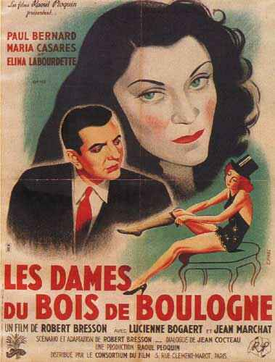
Les Dames du Bois de Boulogne is a 1945 French film directed by Robert Bresson. It is a modern adaptation of the story of Madame de La Pommeraye from Denis Diderot's Jacques le fataliste (1796) that tells the tale of a man who is tricked into marrying a prostitute.
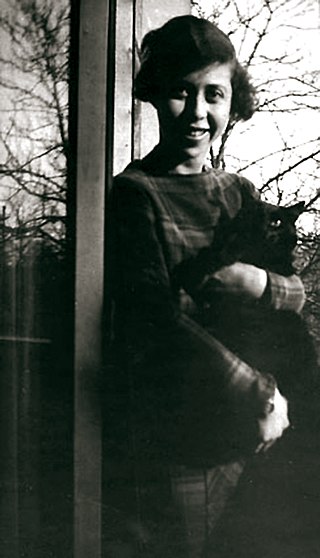
Irène Némirovsky was a novelist of Ukrainian Jewish origin who was born in Kiev, then in the Russian Empire. She lived more than half her life in France and wrote in French, but was denied French nationality. Arrested as a Jew under the racial laws – which did not take into account her conversion to Roman Catholicism – she was murdered in Auschwitz at the age of 39. Némirovsky is best known for the posthumously published Suite française.

Hélène Langevin-Joliot is a French nuclear physicist known for her research on nuclear reactions in French laboratories and for being the granddaughter of Marie Curie and Pierre Curie and the daughter of Irene Joliot-Curie and Frédéric Joliot-Curie, all four of whom have received Nobel Prizes, in Physics or Chemistry. Since retiring from a career in research Hélène has participated in activism centered around encouraging women and girls to participate in STEM fields. Her activism also revolves around promoting greater science literacy for the general public.

Suite française is the title of a planned sequence of five novels by Irène Némirovsky, a French writer of Ukrainian-Jewish origin. In July 1942, having just completed the first two of the series, Némirovsky was arrested as a Jew and detained at Pithiviers and then Auschwitz, where she was murdered, a victim of the Holocaust. The notebook containing the two novels was preserved by her daughters but not examined until 1998. They were published in a single volume entitled Suite française in 2004.
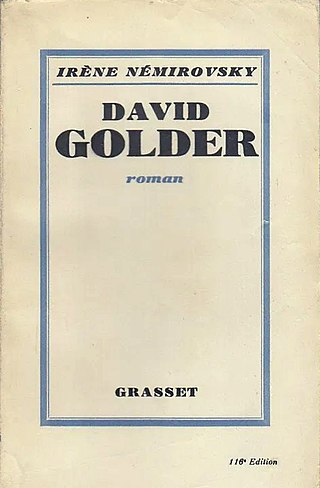
David Golder is writer Irène Némirovsky's first novel. It was re-issued in 2004 following the popularity of the Suite Française notebooks discovered in 1998. David Golder was first published in France in 1929 and won instant acclaim for the 26-year-old author.

Le Bal is the title of collection of 2 novellas written by Irène Némirovsky. Published in France in 1929, it has been recently re-issued, due to the increasing interest in and popularity of the author's work, following the discovery and publication of Suite Française.
Jonathan Mark Weiss is an American scholar of French literature and social science whose extensive publications include literary and theatre criticism, essays on Franco-American relations, a short story, and most recently the biography of Irène Némirovsky.
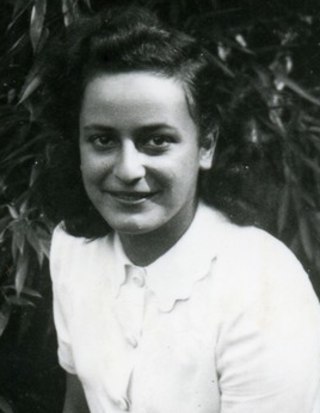
Hélène Berr was a French woman of Jewish ancestry and faith, who documented her life in a diary during the time of Nazi occupation of France. In France she is considered to be a "French Anne Frank". She died from typhus during an epidemic of the disease in Bergen-Belsen concentration camp that also killed Anne Frank and her sister Margot.

Issy-l'Évêque is a commune in the Saône-et-Loire department in the region of Bourgogne-Franche-Comté in eastern France.

Yellow Tapers for Paris is a 1943 novel by Scottish writer Bruce Marshall.

Gringoire was a political and literary weekly newspaper in France, founded in 1928 by Horace de Carbuccia, Georges Suarez and Joseph Kessel.

Jeanne Galzy (1883–1977), born Louise Jeanne Baraduc, was a French novelist and biographer from Montpellier. She was a long-time member of the jury for the Prix Femina. Largely forgotten today, she was known as a regional author, but also wrote three novels early in her career that explore lesbian topics; she has been referred to as one of the "pioneers in the writing of lesbian desire and despair."

The Blood of Others is a 1984 drama film directed by Claude Chabrol. It is based on the 1945 novel The Blood of Others by Simone de Beauvoir. The film was originally made as a three-hour English-language television film which debuted on August 25, 1984 on HBO. The film was then edited down by 40 minutes and dubbed into French for a European theatrical release.
Élisabeth Gille was a French translator and writer. She was the younger daughter of the French-Russian-Jewish writer Irène Némirovsky and Michel Epstein. She was the author of Le Mirador (1992), an imaginary biography of her mother. In addition to her book about her mother, she was also the primary editor at the French publishing house, Denoël. She died shortly after her novel, Un pays de cendres, based on the story of her and her sister Denise's survival, was published.

Catherine Cusset is a best-selling French novelist and the author of Life of David Hockney: A Novel, The Story of Jane, and 12 other novels published by Éditions Gallimard between 1990 and 2018. Some of her novels are described as autofiction, a French literary movement that is a hybrid of fiction and autobiography. Others are more romantic, but all share some recurring themes: the family, desire, and cultural conflicts between France and America. She stands out from her contemporaries with a direct, incisive, visual form of writing, marked by the influence of Anglo-Saxon novelists.
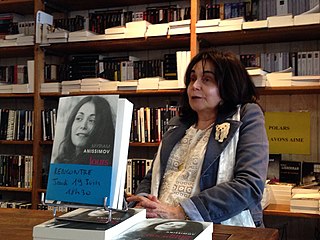
Myriam Anissimov is a French writer.
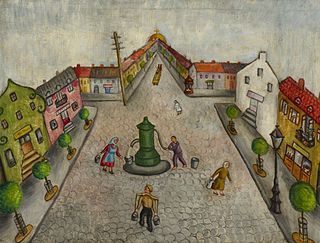
Les Chiens et les Loups (The Dogs and the Wolves) is a novel by Irène Némirovsky (1903–1942), published at the end of 1939 as a serial in the weekly magazine Gringoire, then by Albin Michel in 1940. Overshadowed by the Phoney War, it was the last work by Irène Némirovsky to be published in volume under her own name during her lifetime, before she was banned from the profession and deported to Auschwitz, where she died after one month.
References
- 1 2 Dunmore, Helen (14 October 2011). "The Wine of Solitude by Irène Némirovsky—Review". The Guardian. London. Archived from the original on 11 September 2014. Retrieved 7 December 2011.
- 1 2 Garvey, Anne (14 November 2011). "Review: The Wine of Solitude". The Jewish Chronicle. London. Archived from the original on 2 December 2013. Retrieved 7 December 2011.